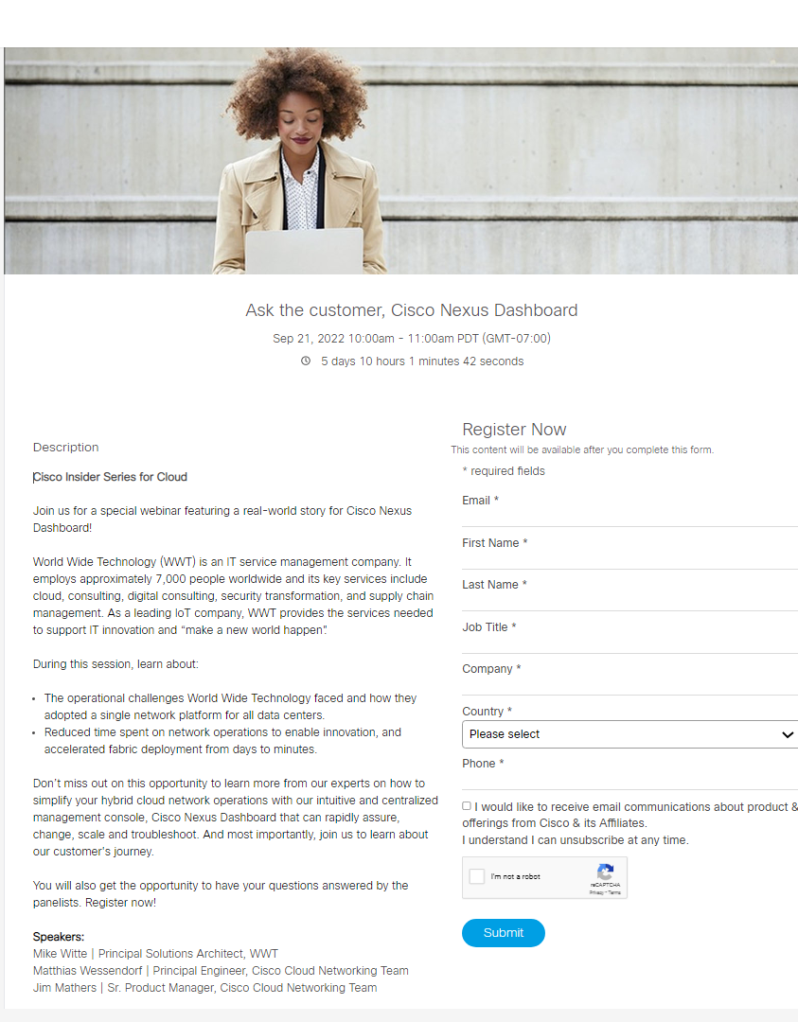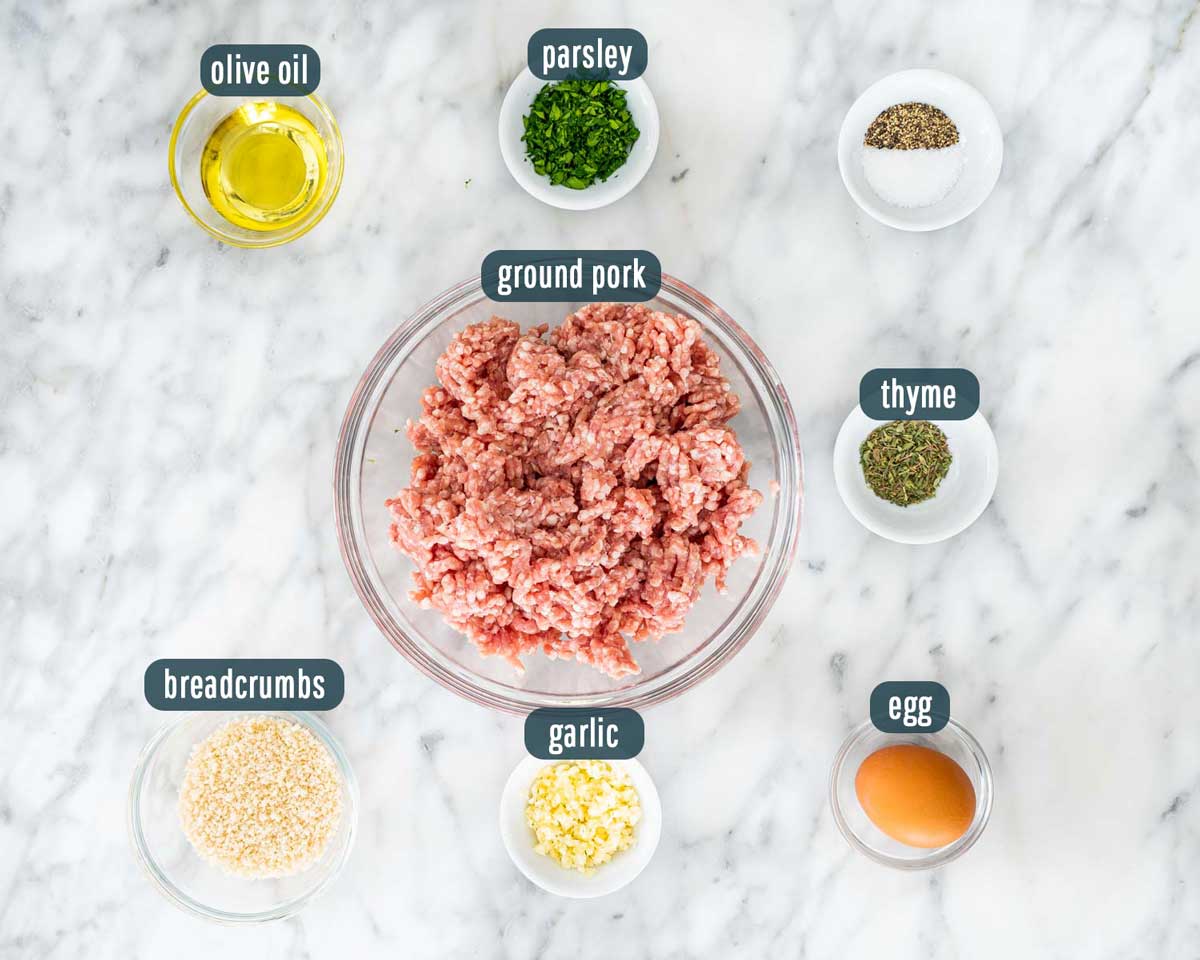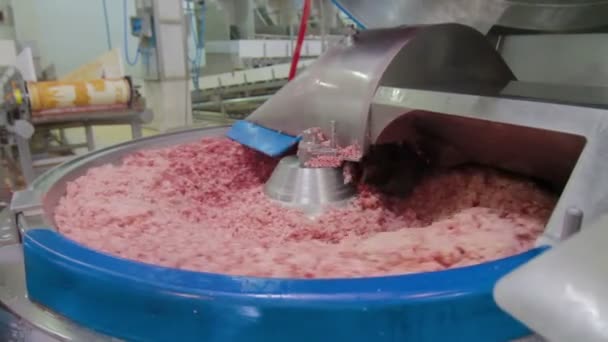As NEXUS Dashboard has become mainstream and NEXUS Cloud is soon ready to launch General Availability (GA), Cisco will support open systems integrations. This podcast with Cisco Champions Alex Deca and myself and Mayuri Kulkarni and Will Zupan from the Cisco BU discuss what the NEXUS Dashboard and the NEXUS Cloud day two operation platforms are and what new integrations are supported.
First, let’s define the two platforms; both allow you to quickly onboard ACI sites, NX-OS vPC sites, and DCNM sites (NEXUS Cloud won’t support this at initial GA but will later this year). NEXUS Dashboard is comprised of 3-7 physical or virtual nodes to form a platform cluster, while NEXUS Cloud is a SaaS-based model in the public Cloud. An easy way to view it is to think of Office 365 running on your laptop (NEXUS Dashboard) or Office 365 running in the public Cloud (NEXUS Cloud). Both offer 90% of the same capabilities; however, since NEXUS Dashboard is on-prem, it has support for end-to-end flow telemetry and deeper analytics, as sending multiple gigabits telemetry flows to the public Cloud is not feasible. One crucial feature of NEXUS Cloud is that upgrades get done automatically. When a major or minor part is added to these platforms, NEXUS cloud, because it is a SaaS model, the platform will perform the updates on the backend, and no user intervention is required. NEXUS Dashboard requires an update to all the service nodes and the applications consumed, such as NEXUS insights or NEXUS Dashboard Orchestrator.
The podcast discusses using Terraform and Ansible playbooks in the NEXUS Dashboard and NEXUS Cloud to manage and configure day-to-day tasks of reliably adding networking constructs using automation. Terraform and Ansible have Providers and playbooks that can automate all the required tasks, and we see Cisco favoring the use of Terraform as we advance.
Modern cloud networking products and controllers have automation as one of their main goals. The Nexus-as-Code(NAC) project uses existing code to meet best practices through an easy-to-use data model. Nexus-as-Code aims at users with limited experience with Ansible, Terraform, or those who prefer automating through an inventory-driven approach. Take a look at this page for information on the NEXUS as-code project; https://developer.cisco.com/docs/nexus-as-code/#!introduction/cisco-nexus-as-code

Most of the Nexus-as-Code project leverages this data model-driven approach through Hashicorp Terraform. Terraform is commonly used to define Cloud and on-prem resources in a human-readable configuration that you can version, reuse, and share. The Nexus-as-Code project page includes additional examples in the NDFC-NXOS and Other Examples section, using Ansible and Terraform to automate Application Centric Infrastructure (ACI), Nexus Dashboard Fabric Controller (NDFC), and NX-OS standalone-based networks. These examples do not adhere to the same data model-driven approach but offer valuable resources for more experienced users.
Cisco’s Cloud Networking vision is to provide a single methodology for creating policy and networking as code and applying it to multi-cloud, SDWAN, and Edge using ITSM tools and Open APIs.

As NEXUS Dashboard and NEXUS Cloud mature, more partners will become integration points. Whether Terrform and Ansible for automation, F5, Palo, Splunk, Algosec, Tufin, AppD, and Cisco for security and application visibility, or ServiceNow for ticket management of issues and remediation tracking.

Finally, Cisco’s ultimate vision is cross-domain support coming in future versions. Integrating Thousand Eyes, SD-WAN vManage, vCenter integration, DNA Center, Intersight, and AppD support, as well as the Open APIs and vendor agnostic integration, we have fully automated and complete end-to-end visibility never before possible. Once we apply AI and ML training to these integrations, we can predictively see faults and problems and potentially repair them before they become an outage for users and applications. Tickets could get opened by an AI chatbot, approved by a human, and fixed and closed by the same AI chatbot. This AI Chabot scenario is not science fiction but precisely where Cisco and other vendors visualize the future.

At WWT, we are in lockstep with Cisco to create these integrations and will have labs and articles as this vision becomes a reality. In the meantime, look at the NEXUS Dashboard content already on the WWT platform and look for future announcements of new labs and integrations. https://www.wwt.com/article/examinining-cisco-nexus-dashboard-using-new-hands-on-labs
























